Seodaemun Prison History Museum (서대문형무소역사관)
12.6Km 2024-12-02
251 Tongil-ro, Seodaemun-gu, Seoul
Seodaemun Prison was built under the Japanese administration to imprison independence movement activists. It first opened on October 21, 1908 under the name Gyeongseong Prison. Eventually, so many activists were imprisoned that the building had to be expanded. At that time, the name changed to Seodaemun Prison on September 3, 1912. Eighty years later, the prison was turned into Seodaemun Independence Park on August 15, 1992 to commemorate the Korean patriots who were tortured in prison, giving their lives for freedom. Of the many buildings, only seven were preserved for their historical significance, among which three prison buildings and the execution site were designated as a Historic Site. In 1998, the park underwent another transformation into today's Seodaemun Prison History Hall to educate the public on the importance of Korea's independence and the sacrifices of those who fought to achieve it.
Gonghang Kalguksu (공항칼국수)
12.6Km 2021-03-26
5, Nambusunhwan-ro, Gangseo-gu, Seoul
+82-2-2664-9748
Specializing in Kalguksu (chopped noodle soup), this restaurant near Gimpo Airport is frequented by entertainers. This Korean dishes restaurant is located in Gangseo-gu, Seoul. The most famous menu is noodle soup with mushrooms.
Samcheonggak(삼청각)
12.6Km 2020-12-24
3 Daesagwan-ro Seongbuk-gu Seoul
+82-2-765-3700
You can enjoy Hanjeongsik (Korean table d’hote) in a beautiful natural environment. This Korean dishes restaurant is located in Seongbuk-gu, Seoul. The most famous menu is Korean table d'hote.
Yeonnam Pharmacy [Tax Refund Shop] (연남약국)
12.6Km 2024-04-16
1F, #103, 31, Yanghwa-ro 21-gil, Mapo-gu, Seoul
-
April 19th National Cemetery (국립4.19민주묘지)
12.6Km 2023-01-02
17, 4.19-ro 8-gil, Gangbuk-gu, Seoul
+82-2-996-0419
Located at the foot of Bukhansan Mountain, the April 19th National Cemetery was established in memory of the 224 people who lost their lives during the 4.19 Revolution in 1960. The cemetery features a memorial hall and a traditional wooden structure that houses the grave of the historic figure Yu Yeongbong.
At the cemetery is a pond surrounded by sculptures such as "Symbolic Door," "Roots of Democracy," and "Sparks of Justice" and a memorial tower bearing an inscription for the brave patriots who lost their lives during the revolution. Groves of pine, juniper, yew, and maple trees and the well-kept hiking path add a natural charm to the overwhelming ambiance of peace and serenity. Many people visit to see the spring blossoms in May, and throughout the year to take in the glorious scene of the sunset over Bukhansan Mountain.
Seomsonyeon (섬소년)
12.6Km 2021-03-23
12, World Cup buk-ro, 6-gil, Mapo-gu, Seoul
+82-2-333-9286
It is a place to cook using wild seafood directly obtained from the East Coast. This Korean dishes restaurant is located in Mapo-gu, Seoul. The representative menu is spicy pollack stew.
Sukjeongmun Gate (북악산 숙정문)
12.6Km 2020-06-19
1, Daesagwan-ro, Seongbuk-gu, Seoul
+82-2-747-2152
Of the Four Great Gates (Sukjeongmun, Namdaemun, Dongdaemun, and Seodaemun), established by King Taejo in 1396, Sukjeongmun is called the north gate.
Located to the north of Seoul, this gate, with Gyeongbokgung Palace in the center and Changaemun (Jahamun) to the right, make up the wings of the north gate. Due to the possible danger of the area being damaged from all the pedestrians, the king in 1413 planted pine trees and prohibited passing this area. Henceforth, Sukjeongmun became a scenic walkway until the North Korean Communist infiltration of 1968, which prohibited the passing of all civilians.
The reopening of Sukjeongmun in April of 2006 has led to the opening of Bugaksan Mountain in April of 2007 and is in the process of dividing it into 3 courses. Bugaksan Mountain has been kept well-preserved due to a long period of restriction in this area, and if you climb the mountain, you will be able to see all of Seoul.
Olive Young - Donggyo-dong Branch [Tax Refund Shop] (올리브영 동교동)
12.7Km 2024-04-18
207, Donggyo-ro, Mapo-gu, Seoul
-
GS25 - Hongdae Donggyo Branch [Tax Refund Shop] (GS25홍대동교점)
12.7Km 2024-06-26
21, Yanghwa-ro 21-gil, Mapo-gu, Seoul
-

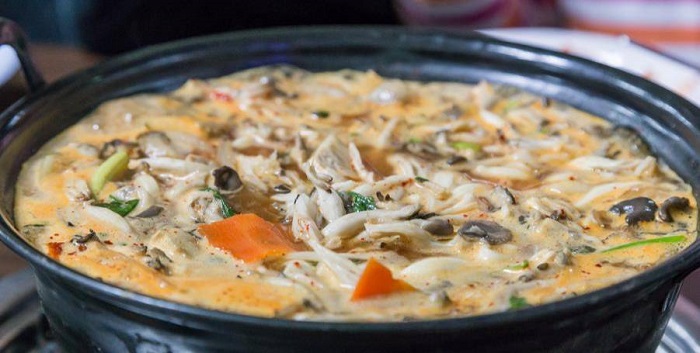
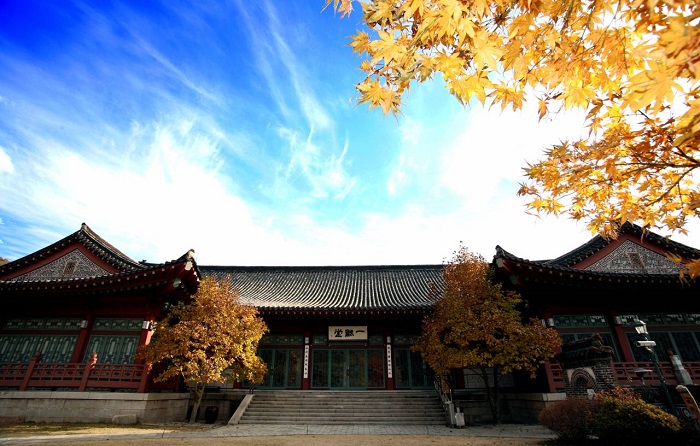
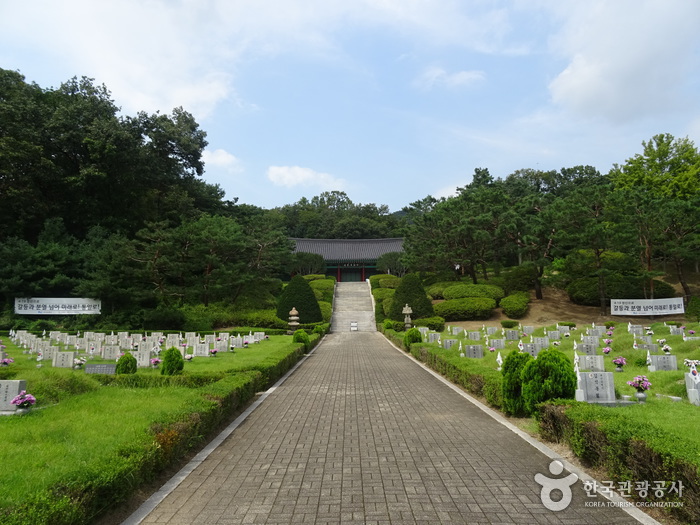
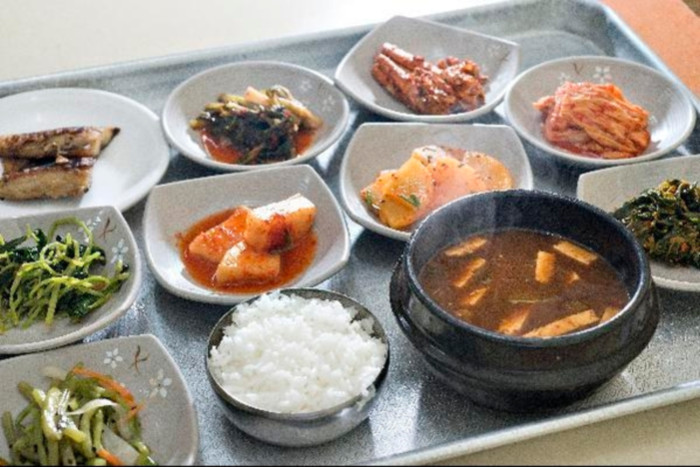
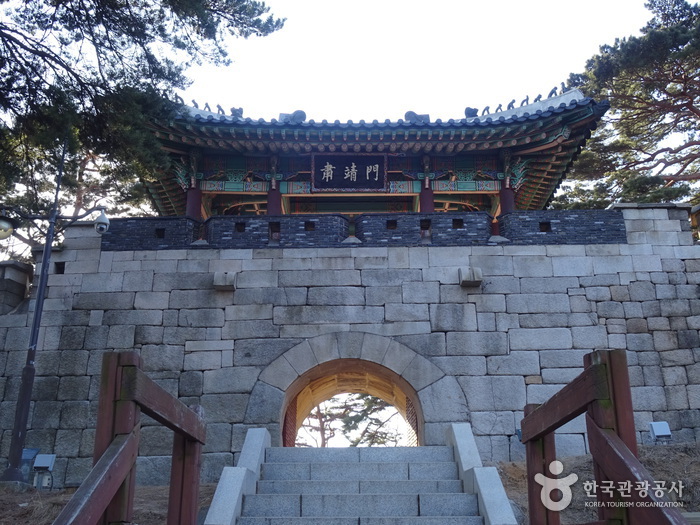
![Olive Young - Donggyo-dong Branch [Tax Refund Shop] (올리브영 동교동)](http://tong.visitkorea.or.kr/cms/resource/17/2889317_image2_1.jpg)
 English
English
 한국어
한국어 日本語
日本語 中文(简体)
中文(简体) Deutsch
Deutsch Français
Français Español
Español Русский
Русский